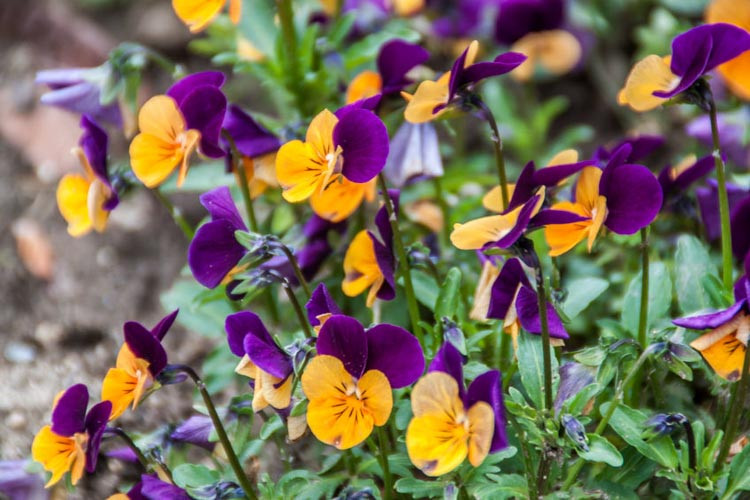Viola (Violet) - Expert Tips for Gardening Success
Growing violets successfully requires some attention to detail, but the rewards are certainly worth it. Here are some expert tips to ensure a thriving violet garden:
- Soil Preparation: Violets prefer well-drained soil that is rich in organic matter. Incorporate compost or well-rotted manure into the planting bed before setting your violets.
- Light Conditions: While violets can tolerate partial shade, they perform best in areas with moderate light. Too much direct sunlight can scorch the leaves, while insufficient light might result in poor blooming.
- Watering: Water regularly but avoid waterlogging the soil, as violets are prone to root rot in overly wet conditions. Use a soaker hose or drip irrigation for best results.
- Fertilization: A balanced, slow-release fertilizer applied in the spring can help boost growth and flowering. Be careful not to over-fertilize as this can lead to lush foliage but fewer flowers.
- Mulching: A 2-inch (5 cm) layer of organic mulch like straw or bark can help retain moisture, suppress weeds, and regulate soil temperature.
- Pest and Disease Management: Aphids and spider mites can be a concern. Insecticidal soap or neem oil are effective organic solutions. Monitor for signs of disease like leaf spots and treat promptly.
- Pruning: Deadhead spent blooms to encourage more flowering. Some varieties benefit from light pruning to maintain shape.
- Propagation: Violets can be easily propagated through division or from seed. Divide overcrowded clumps in the fall or early spring.
By following these expert tips, you can look forward to a lush, vibrant violet garden that will be the envy.

